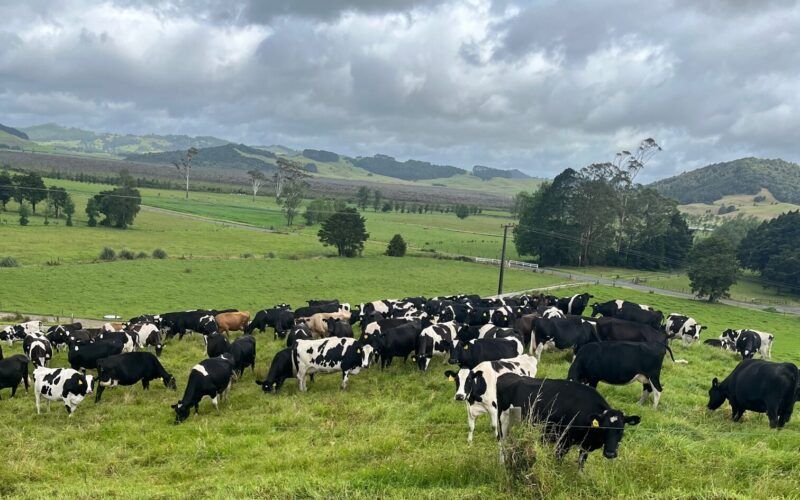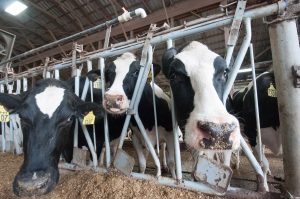
Autumn calving takes the stress out of what can be an extremely busy period for a Northland dairy farmer, and ensures he and his staff get a summer holiday.
Neville Thorne runs a 120ha farm at Hikurangi milking about 420 cows, producing 195,000-200,000kg milk solids a season.
“We do get that summer break. And because we’re winter milking the important part is still managing grass and that’s where the dollars are,” Thorne says.
It also complements the farm’s grass growth and weather conditions better than spring calving.
Thorne has been 100% autumn calving for 10 years after split calving for eight to nine years previously.
“We decided we’ll go 100% autumn and found it was a lot better.”
The switch also appears to have reduced his empty rate, falling from 20% to 14%. He believes this is a result of good weather over mating with the rain coming only when he put the bulls out.
Unlike a typical spring herd that dries off in autumn, Thorne dries his cows off in early to mid-January with a six-week space between the end of milking and calving in early March.
Over the summer, he uses feed crops including 40ha of maize, grass silage, oats, palm kernel, distillers dried grain along with some molasses to ensure the cows maintain their condition over the summer dry period.
“It keeps the energy levels up because by that stage the grass isn’t there,” he says.
It also means none of his three staff have to monitor the cows when they calve for pickup during the cold wet winter months. Instead, it’s long days with lots of daylight hours and warm weather.
“Calving is a breeze compared to spring calving. With spring calving when the weather’s bad it’s hard to identify the calf, it’s difficult.
“With autumn calving and the good weather, it’s pretty easy.”
An all-autumn calving system also allows him to better target the pasture growth curve, where the warmer Northland climate means he often gets continuous growth through the cooler winter months that would normally see that growth tail off.
By midway through calving it has generally rained, and pasture begins to take off. If it gets out of control it is cut for silage.
It also allows him to get a better price for his beef calves. Thorne typically will mate his top 30% cows using sexed semen to get about 80-100 replacements. He uses beef genetics for the rest of the herd. Selling calves at this time of the year fetches a premium price.
























